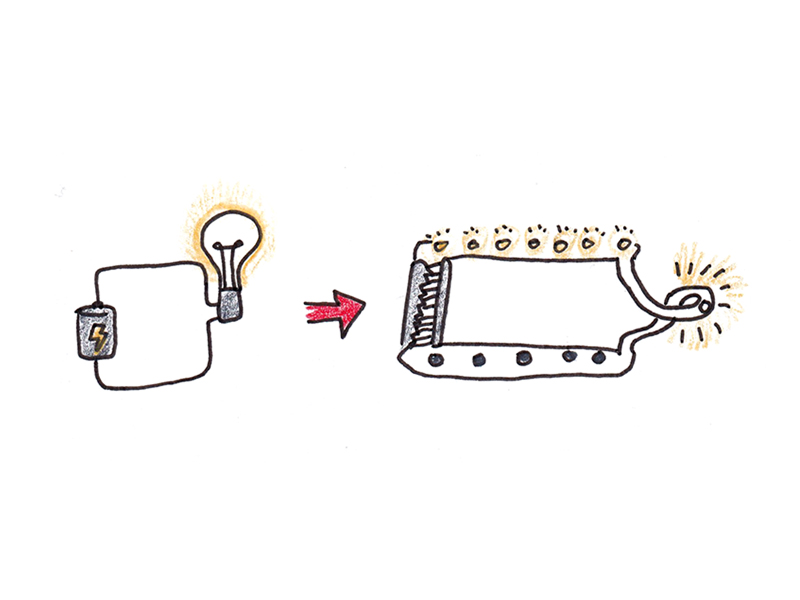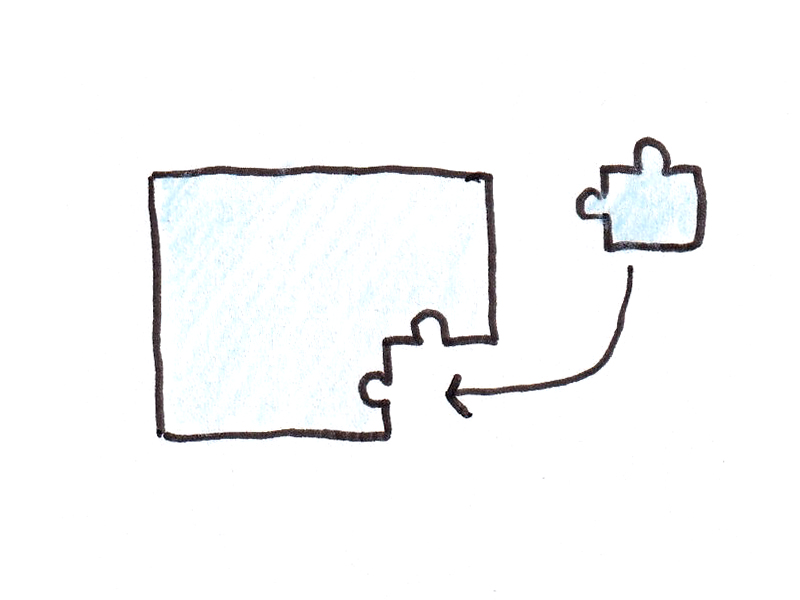The preferred piece of learning recommendation I’ve ever provide you with was the Feynman Method. Whereas the approach itself is barely loosely based mostly on Richard Feynman’s practices, the thought of self-explanations took off and have become a learning meme that has since gone far past my very own viewers.
The fundamental concept for the approach is straightforward:
- Choose an concept you don’t perceive very effectively.
- On a clean sheet of paper, write an evidence for the thought as if you’re educating it to another person.
- Everytime you get caught, return to the textbook to fill within the gaps in your understanding.
This system was a staple of my learning throughout my MIT Problem, and I nonetheless have dozens of pages I wrote whereas attempting to work by way of tough ideas in math, physics and programming.
That being mentioned, there’s numerous nuance in getting the approach proper. Listed below are 5 tricks to make self-explanations give you the results you want:
1. Apply the approach selectively.
The largest criticism concerning the Feynman approach is that it takes an excessive amount of time. A course could cowl a dozen or extra ideas in a single lecture. Writing a pair pages of rationalization for every is extremely time consuming.

Worse, the time spent constructing your summary understanding of an idea is time not spent studying to use it. If you happen to’re slicing out follow in favor of self-explanations, it’s possible you’ll find yourself worse off!
Due to this fact, the primary piece of recommendation I’ve is to use it selectively. I are inclined to depend on self-explanation when:
- I can not efficiently apply an idea to the assigned follow questions,
- The thought doesn’t make sense to me,
- AND I do know the thought is central to understanding the category.
My standard strategy is to start out with reviewing all of the course materials (lectures and texts) after which to do related follow issues. Solely once I hit an deadlock that I consider is owing to a conceptual misunderstanding does it make sense to take a position the time to do a full self-explanation.
2. Go tight for debugging confusion.
One cause to use self-explanations is to restore a misunderstanding or fill in a spot in your data that’s inflicting confusion.

Sadly, determining exactly what you don’t perceive is usually half the battle. More often than not, we don’t have sense of what’s complicated us; we’re merely confused.
The worth of self-explanation is that by attempting to generate the reason your self, in your personal phrases, you’ll invariably hit an deadlock on the weak hyperlink in your understanding. Understanding the place that deadlock is, which hyperlink is weak, offers you the instruments to return to your notes or textbooks, to do an in depth studying, or to articulate good questions you possibly can ask lecturers or friends.
Nonetheless, this solely works in case your rationalization is tight sufficient. If you happen to clarify the idea to your self in broad phrases, you may skip over the lacking hyperlink in your reasoning. You may simply persuade your self you perceive one thing with out figuring out or repairing the lacking step in your reasoning.
Thus, in the event you’re doing a self-explanation due to a wrestle with a selected downside—begin by explaining that actual downside. If it was a complicated part of a lecture—clarify the complicated part of the lecture. Stepping again and tackling a generic idea can skip over the very particulars it’s essential to perceive.
3. Concentrate on huge concepts for memorability.
One other use for self-explanations is if you principally perceive an concept, however the reasoning feels tough or a bit fuzzy. It feels such as you don’t mechanically “get” the thought, and such as you’ll most likely neglect it later.

A method to consider that is to think about that the reason consists of a bunch of various particular person info, steps in reasoning, and psychological simulations. Complicated explanations are these the place the linkages between varied components haven’t fairly solidified to the purpose the place you possibly can mentally traverse the thought with ease. By attempting to generate the reason your self, you reinforce the linkages between the factual propositions and the steps of reasoning that make up the understanding.
After you have the overall gist of an understanding, producing analogies, diagrams or examples could be useful. These additional affiliate the concepts within the rationalization with totally different, overlapping explanations, making them simpler to retrieve and stroll by way of sooner or later.
4. Don’t substitute self-explanations for real follow issues.
Self-explanations will help you focus your consideration, debug a selected lacking hyperlink in your understanding, or elaborate and retrieve data to generate an understanding of a higher-level idea.

Nonetheless, it’s necessary to not substitute self-explanations for doing real follow. There are two causes for this:
– First, it’s onerous to get the extent of depth proper for explanations. For onerous lessons, the tendency is to do self-explanations that don’t go deep sufficient, thus skipping over misunderstandings (even with deliberate effort to keep away from this). Doing follow issues helps you calibrate how deeply it’s essential to perceive an concept.
– Second, studying to establish downside varieties and customary answer steps or approaches depends on totally different data than producing an total rationalization does. Because the data wanted to, say, clarify Kirchhoff’s legal guidelines solely partially overlaps with the procedural data wanted to resolve for the output of a circuit diagram, switch from one to the opposite will solely be partial. Due to this fact, if the goal is to cross an examination, omitting follow questions that resemble these on the check is unwise.
Self-explanations primarily assist when:
- You hit an deadlock along with your follow, owing to a confusion or misunderstanding.
- Apply issues are restricted or overly slim. If the issues don’t cowl the complete house of potential functions for an concept, growing a deeper illustration of the underlying ideas could also be useful.
5. Search out various explanations to fill lacking items.
Usually, shut studying and cautious reasoning can fill gaps in misunderstanding with out resorting to new supplies. Normally, the difficulty is solely that you just missed an necessary step in reasoning within the first cross, leading to confusion.

Nonetheless, this isn’t all the time the case. Typically a instructor assumes an important truth or step is apparent and omits it from their rationalization, although it could be crucial for making the right inference. In different instances, an concept is alluded to, however in the event you haven’t mastered that concept, the reason as an entire doesn’t make sense to you.
Understanding the place precisely the gaps are in your understanding makes it straightforward to hunt new explanations. Some good methods embody:
- If the idea omitted was a prerequisite you haven’t mastered, discovering a Khan Academy or on-line video that explains that idea could assist.
- If the reasoning between two steps isn’t clear, attempt discovering one other rationalization of the identical idea. Completely different lecturers will skip over totally different info, so protection from a number of explanations is healthier than one.
Whereas I haven’t used it as extensively myself, instruments like ChatGPT additionally appear highly effective on this regard. As a result of you possibly can copy and paste the textual content of what you’re attempting to grasp and request a abstract or rationalization, LLMs could possibly supply helpful explanations of steps you missed. After all, as with all AI-based software program, there’ll generally be hallucinations—however it’s typically simpler to confirm whether or not a single lacking step of reasoning suits.
Train to Be taught
Though I don’t take almost as many formal lessons as I used to as a pupil, self-explanations are nonetheless the majority of my work—writing for a dwelling requires me to make sense of newly discovered info so I can embody it in my essays. Because the saying goes, “Those that know, do. Those that perceive, educate.”

